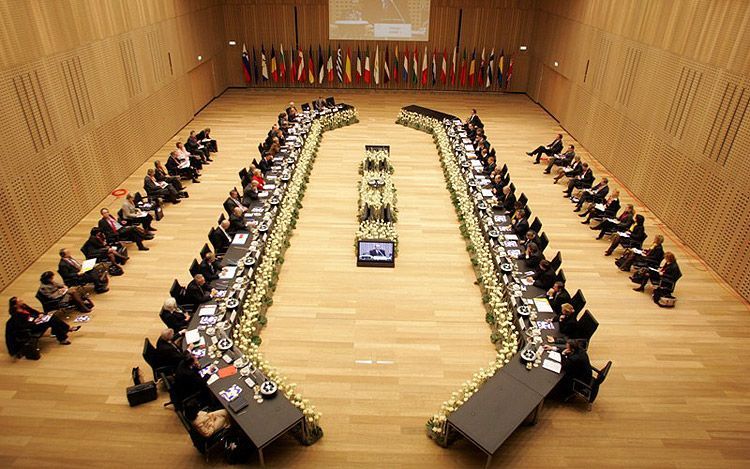Energy Efficiency Directive – still lacks ambition based on the last Council’s position
After a promising ex-change of views with the European Commission, the Council was supposed to come with more concessions and really transform the Directive in a strong instrument that will help EU deliver the 20% energy consumption reduction by 2020.
The Council reformulated some elements in a new position that is supposed to be discussed today – 8th of May, in the third informal trialogue, but its' proposals are still not ambitious enough. On a general level, there is still no agreement on binding energy savings target, as proposed by the European Parliament. According to the Council the targets should be indicative and established at the national level.
The main views on buildings include:
- The general energy consumption reduction of the existing building stock with 80% by 2050 proposed by the EP is not supported; instead of it the Council proposes that the Members States, starting with 2015, should assess the potential for energy consumption reduction in existing public and private buildings and set national long-term indicators for energy performance of the entire building stock ; also each Member State is supposed to develop national policies that encourage deep renovations of building
However, in this form, the text is too vague and does not encourage real action at the national level, but rather adds some administrative tasks for the national government that will probably be “checked” at some point just on paper in some Member States.
- 3% of heated and/or cooled area should be renovated each year to meet the minimum energy performance criteria, but only the buildings owned by the central government are included. This reduces significantly the impact that this Directive might have on renovating existing public building owned by local authorities, stimulating local economy and creating local jobs.
- Member States should also make publicly available the inventory of heated and/or cooled buildings owned by central government, but the process is split in phases: by 1st of January 2014 - only for buildings above 500sqm and by 9th of July 2015 - for buildings above 250 sqm.
Some concessions were made on the financial tools and technical support. The Council proposes that Member States may set up Energy Efficiency National Funds that aggregate sources of funding to support investments for reducing energy consumption. The funding for renovating buildings might come from their annual emmission allowance allocation set under the Effort Sharing Decision (covers industry areas currently not included in the Emission Trading Scheme), energy companies that could contribute annualy to this fund an equal amount as the investments needed to fulfill their energy efficiency obligations etc. However it will be up to each Member State to decide if they set this fund or not.
One of the most debatable areas of the Directive, that could in the same time define its strength, is article 6 regarding the obligations for the energy retailers and distributors. The Energy Savings Obligation scheme that was proposed by the European Parliament and that was supposed to oblige energy retailers and distributors to achieve cumulative annual end-use energy savings of at least 1,5% of their annual energy sales in volume, was heavily watered down. The Council proposes “energy efficiency obligation schemes” that will not force the energy companies to change their “business as usual” model. Also the Council proposes a gradual energy saving target for the energy companies that goes from 1% in 2014 to 1,5% in 2018. This new approach just adds more administrative burden on the governments without actually delivering the needed change.
After today’s trialogue, the Danish Presidency that coordinates the Council’s position, has three more chances to make some concessions and give more strength to this Directive. The next trialogue informal negotiations should be on 29th of May , 5th of June and 13th of June.
More on the different views on Article 6 and why it was watered down can be found here.




